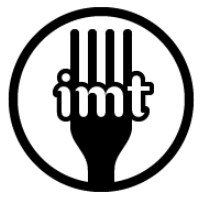IMT Question: "Should I use regular eating or an intuitive/appetitive approach with my patient?"
IMT Response:
The answer is both! Rather than viewing regular and intuitive/appetitive eating as opposing methods, we have integrated these approaches into a module called Regular and Appetitive Eating (RAE). You can find the guidelines on administering Regular and Appetitive Eating (RAE) in, Treating Eating Disorders in Adolescents, along with a series of free handouts/worksheets for the patient in the accompanying PDFs.
In short, the guidelines in the book recommend that regular eating first be established with the use of food logs etc. Once generally appropriate quantities and varieties of food are being eaten, patients begin to to develop the skills required to detect the appetitive cues of hunger and fullness (e.g. mindfulness). Once these cues can be detected, patients experiment with eating in accordance with the cues.
In Regular and Appetitive Eating (RAE), patients are instructed to eat meals within general windows of time (e.g. 7-8:30am, 12-1:30pm, and 6-7:30pm) as well as in accordance with their appetitive cues of hunger and fullness. Snacks work similarly.
Regular and Appetitive Eating (RAE) is one of six different modules presented in the larger Integrative Modalities Therapy (IMT) for eating disorders, described in the book. RAE is presented as part of individual therapy along with interventions for improving body image. There are also interventions for group and family therapy in the IMT collection.
Below is a photo of one of the RAE Handouts.
If anyone has any questions, please feel free to reach out!

